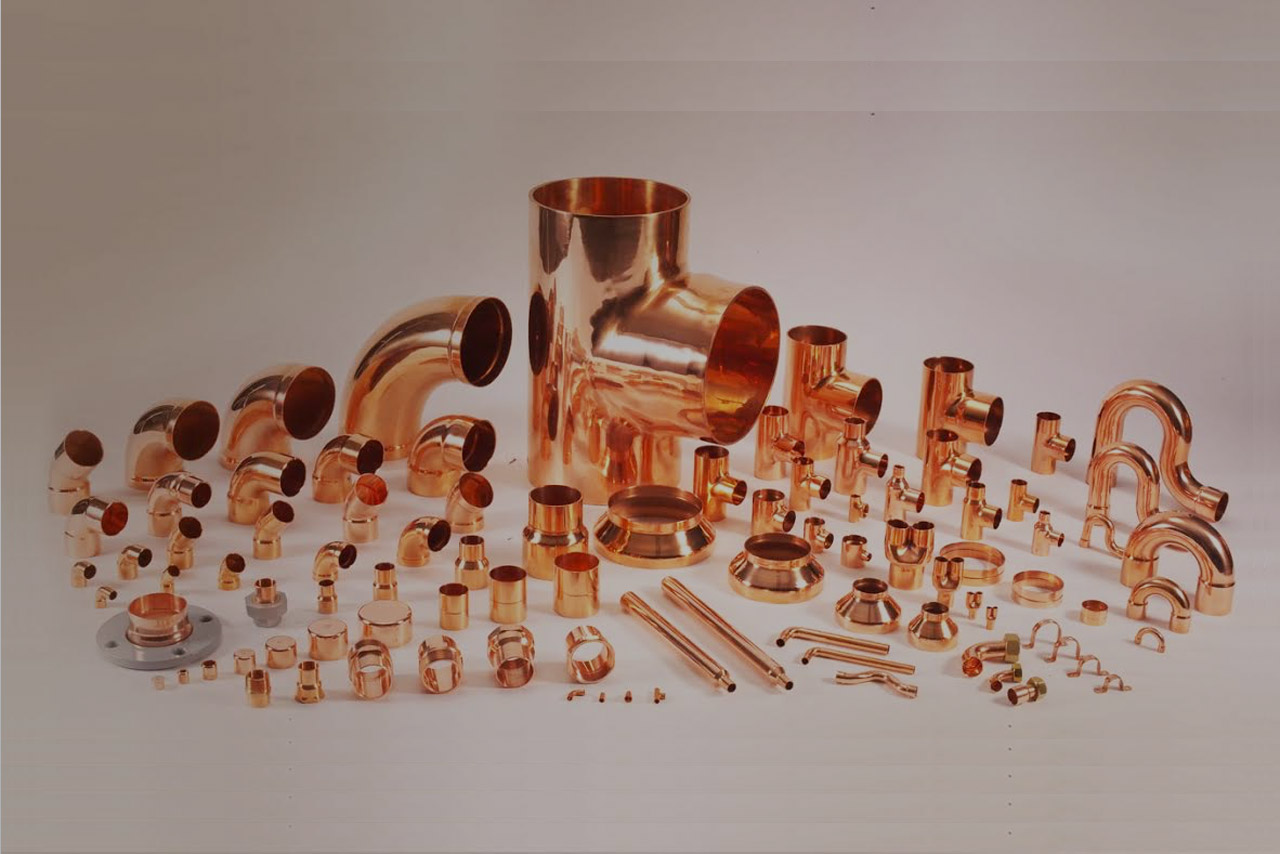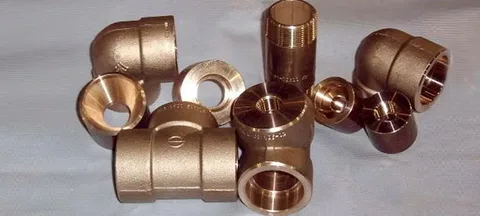Sweating copper fittings is a fundamental skill in plumbing and HVAC work. It involves the process of joining copper pipes and fittings using heat and solder. Mastering this technique ensures reliable, leak-proof connections and is essential for a successful installation. This blog post explores key techniques for sweating copper fittings, provides insights on related processes, and offers expert advice on brazing copper fittings.
Understanding Sweating Copper Fittings

What Is Sweating Copper Pipe?
Sweating copper pipe, often referred to as sweating copper fittings, is the process of using heat to melt solder, which then flows into the joint between two pieces of copper piping or fittings. This method creates a strong bond that seals the connection and prevents leaks. The technique requires careful preparation, heating, and soldering to ensure a durable and reliable joint.
What Is Sweat Soldering?
Sweat soldering is another term used for the sweating process. It involves applying solder to a heated joint to create a secure connection. The solder is drawn into the joint by capillary action, filling the space between the pipe and fitting. This method is commonly used in plumbing to join copper pipes and fittings effectively.
Techniques for Sweating Copper Fittings

Preparation and Cleaning
Cleaning Copper Surfaces
Before sweating copper fittings, it is crucial to clean both the pipe and the fitting thoroughly. Use a wire brush or emery cloth to remove any oxidation, dirt, or debris. This ensures that the surfaces are clean and ready to bond with the solder. Proper cleaning is essential for achieving a strong and leak-proof connection.
Applying Copper Flux
Copper flux is applied to the cleaned surfaces of the pipe and fitting before heating. Flux helps to prevent oxidation during the heating process and allows the solder to flow smoothly into the joint. Apply a thin, even layer of flux to both surfaces using a brush. Ensure that the flux used is specifically designed for copper applications.
Heating and Soldering
Proper Heating Techniques
Use a propane torch to heat the joint evenly. Apply heat around the entire circumference of the joint to ensure uniform heating. Avoid overheating, as this can damage the pipe or fitting and cause the flux to burn off prematurely. Proper heating ensures that the solder melts correctly and flows into the joint.
Applying Solder
Once the joint is heated adequately, apply solder to the joint. The solder should melt and be drawn into the joint by capillary action. Avoid applying solder directly to the flame, as this can cause the solder to burn. Allow the joint to cool naturally without disturbance to ensure a strong bond.
Common Questions and Considerations

How to Solder Plumbing
Soldering plumbing involves the same techniques used for sweating copper fittings. Clean and flux the surfaces, heat the joint evenly, and apply solder to create a secure connection. Follow the same steps to ensure a leak-proof and durable joint.
How to Sweat Copper Pipes
Sweating copper pipes follows the same process as sweating fittings. Clean and flux the pipes, heat the joint, and apply solder to join the pipes effectively. Ensure that the joint is heated evenly and that the solder flows into the joint for a strong bond.
Copper Sweat
Copper sweat refers to the process of sweating copper fittings and pipes. It is a reliable method for creating strong, leak-proof connections in plumbing systems. Proper technique and preparation are essential for successful copper sweat connections.
Plumbing Sweat Connection
A plumbing sweat connection involves joining two pieces of copper piping or a pipe and fitting using the sweating method. This technique is commonly used in plumbing systems to create secure and durable connections.
Expert Advice on Brazing Copper Fittings
What Is Brazing?
Brazing Copper Fittings: Brazing is a process similar to sweating but involves higher temperatures and different filler materials. It is used for joining copper fittings when a stronger bond is required. Brazing typically uses a filler metal with a melting point above 450°C (842°F), which provides a more robust connection compared to soldering.
Techniques for Brazing Copper Fittings
- Preparation: Clean and flux the surfaces thoroughly before heating.
- Heating: Use a torch to heat the joint to a higher temperature than used in soldering.
- Applying Filler Metal: Apply the brazing rod to the heated joint, allowing it to flow into the connection.
- Cooling: Allow the joint to cool naturally. Avoid disturbing the joint during the cooling process.
Advantages of Brazing Over Soldering
Brazing provides a stronger and more durable connection compared to soldering. It is particularly useful in applications where high pressure or temperature resistance is required. However, it also requires more skill and precision due to the higher temperatures involved.
Additional Considerations
How Many Water Hammer Arrestors Do I Need?
Water hammer arrestors are used to prevent water hammer, a banging noise caused by sudden changes in water flow. The number of arrestors required depends on the size and layout of the plumbing system. Consult local building codes and a plumbing professional to determine the appropriate number for your system.
Just for Copper
“Just for copper” refers to products and techniques specifically designed for use with copper piping. Ensure that any flux, solder, or tools used are suitable for copper applications to achieve the best results.
Soddering Copper
Soddering is an alternate spelling of soldering and involves the same techniques. It is essential to follow proper procedures for cleaning, fluxing, heating, and soldering to ensure a reliable connection.
Conclusion
Perfecting the technique of sweating copper fittings involves understanding the processes of cleaning, fluxing, heating, and soldering. By following these tips and tricks, you can achieve strong, leak-proof connections in your plumbing and HVAC systems. Additionally, understanding related techniques such as brazing and answering common questions about water hammer arrestors will further enhance your proficiency in working with copper fittings.
